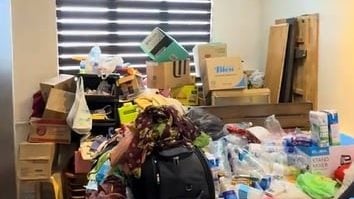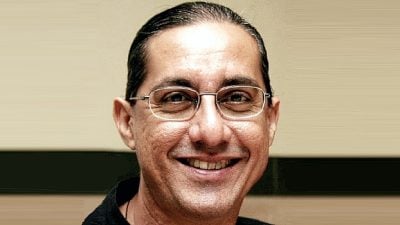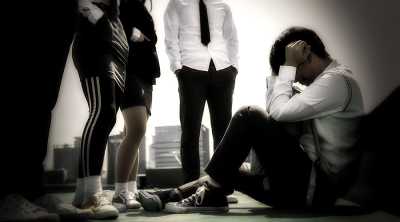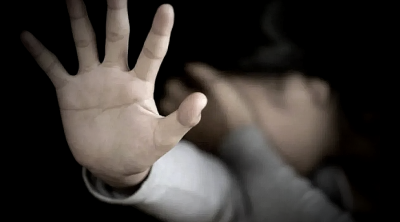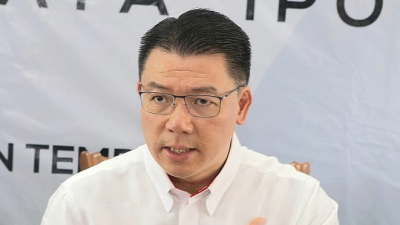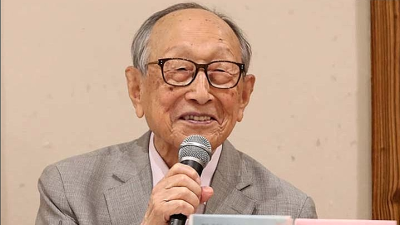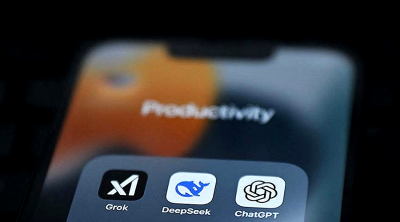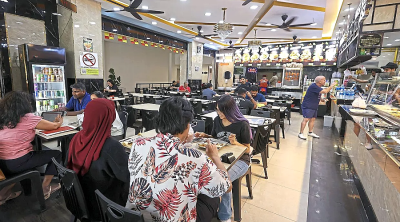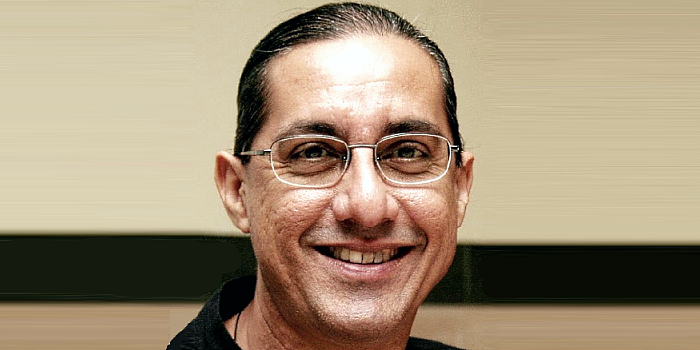
Many of us who work with children with disabilities are care partners or persons with disabilities, were heartbroken this week with the terrible and inhumane abuse and killing of a six-year-old disabled girl in Sarawak.
This poor girl was abused, murdered and then stuffed into a sack before being dumped in the bushes.
We are not new to hearing about abuse, violence or murder of children with disabilities. International data suggest abuse in children with disabilities is three to five times higher than of non-disabled children, and Malaysia is no different.
Although we lack local community studies, it is estimated that 50% of all children with disabilities experience some form of abuse.
The Convention on the Rights of Persons with Disabilities (CRPD), which Malaysia ratified on 19 July 2010, has explicitly included articles on prevention of abuse and violence.
Article 16 of the CRPD on “Freedom from Exploitation, Violence and Abuse” reads: “States Parties shall take all appropriate legislative, administrative, social, educational and other measures to protect persons with disabilities, both within and outside the home, from all forms of exploitation, violence and abuse…”
Article 10 of the CRPD on “Right to Life” reads: “States Parties reaffirm that every human being has the inherent right to life and shall take all necessary measures to ensure its effective enjoyment by persons with disabilities on an equal basis with others.”
Our government’s ratification of the CRPD means it has an obligation to respect, protect and fulfill the CRPD. In this context, the protection of children with disabilities from abuse and violence, and uphold their right to life.
The death of this young girl indicates gaps in child protection, especially with regards to children with disabilities.
Some members of society may erroneously have an outlook that their lives are worth less than those without disabilities, and even consider children with disabilities “less human” than those without disabilities.
Others might think that it is “understandable” why it happened, how “caring for a person with a disability is challenging,” “they were probably under too much stress,” hence not get as “angry” about news of abuse or murder cases of persons with disabilities.
Such an outlook is abhorrent and demeaning of all of humanity.
Abusing and/or murdering a child with a disability is never justified.
It is important to reflect how we as a society and government agencies, have failed children with disabilities.
It is not just about how we have often failed to protect them from harm, violence, abuse and murder. It is more about how we have continuously and systematically underfunded social supports that are essential to children with disabilities living safely and thriving in their community.
We should reflect on the failure of our society to provide families and caregivers of children with disabilities with the social support they need, including respite care, inclusive and affordable child care, affordable and accessible therapy services in their local community, inclusive education, funding for parents/caregivers, appropriate parent education, etc.
All parents need the society to invest in such services and support, even more those that care for children with disabilities.
We ask that the public respond to this news of the murder of a young child with disabilities with strong emotion, and harness that passion to demand an improvement in our services for all children with disabilities.
One child with disability murdered is one child too many.
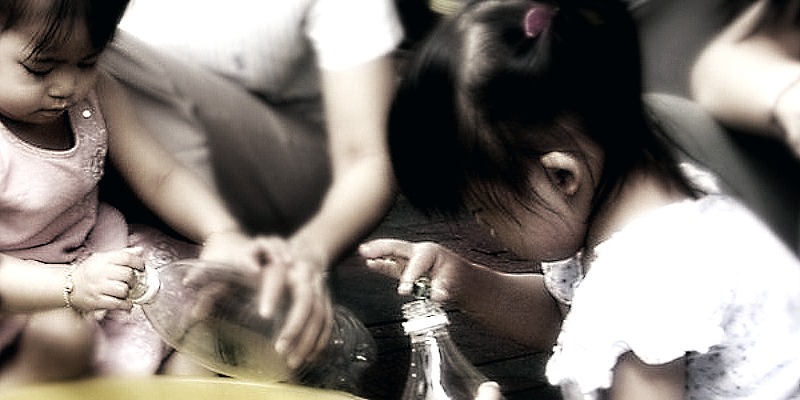
Ng Lai Thin (Project Officer); Dato’ Dr. Amar-Singh HSS (Advisor); Wong Hui Min (President), National Early Childhood Intervention Council.
ADVERTISEMENT
ADVERTISEMENT






